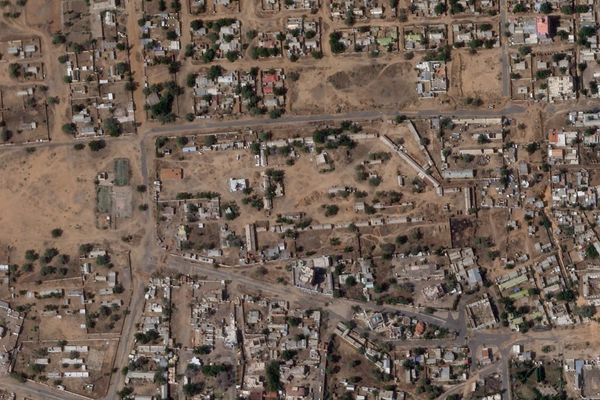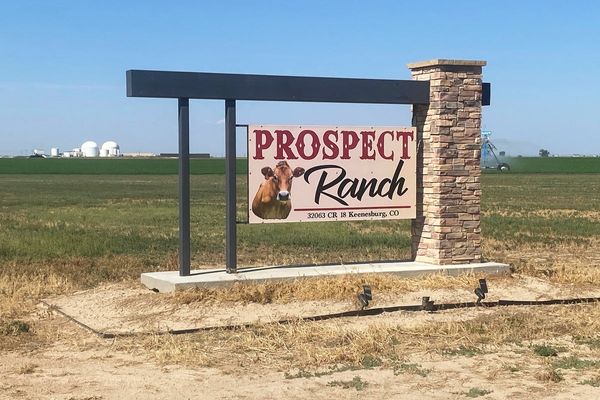
The Government says its Emissions Reduction Plan will put New Zealand on the path to meeting our carbon budgets. Now, you can dig behind the rhetoric to see what needs to go right to achieve our targets
Strict new limits have been set on the amount of greenhouse gas New Zealand can emit over the next 13 years, but will they be met?
Last week's Emissions Reduction Plan is a bid to manage the decarbonisation of the New Zealand economy quickly enough that the Government's carbon budgets will be satisfied but not so fast that the transition disadvantages the poor and vulnerable.
It's a tall task ahead for New Zealand.
Under current policies (and assuming a $35 carbon price in the Emissions Trading Scheme) we're expected to emit 299 million tonnes of greenhouse gases (Mt CO2e) between now and 2025, another 339 Mt out to 2030 and 311 Mt in the five years to 2035.
Instead, the budgets place a tighter constraint on our emissions, steadily sinking in five year blocks. In the first budget period to 2025, New Zealand is only allowed to emit 290 Mt. That drops to 305 Mt for the second budget period between 2026 and 2030 and then to just 240 Mt between 2031 and 2035.
In other words, to meet the budgets we need to avoid emitting a collective 114 million tonnes of greenhouse gas over the next 13 years. That's nearly 9 million tonnes a year - or almost 2 million cars each driving 18,500 kilometres taken off the road, every year between now and 2035.
In reality, the first budget period will see more modest reductions than that while the third will see steeper cuts. Across 2022, 2023, 2024 and 2025, average annual emissions will need to be lowered by just 2.9 Mt CO2e from where they would otherwise be, according to a Newsroom analysis. By 2031-2035, that reduction will have increased by a factor of five, to 14.7 Mt CO2e.
That's why the Emissions Reduction Plan contains measures affecting almost every sector of the economy.
That includes setting targets to reduce total kilometres travelled by the passenger fleet by 20 percent by 2035 and to make 30 percent of the fleet electric by the same date. Industrial coal boilers will be phased out by 2037 and hundreds of millions of dollars will help businesses and industry decarbonise. New native tree nurseries will be funded by the Government to incentivise afforestation. Organic waste will be collected kerbside by the end of the decade and may be banned from landfills at the same time.
The Government has to pull every lever available to it in order to meet the budgets - and even then, it might not make it.
In modelling the impact of its various policies on the climate, the Government created two scenarios. One is a "low impact" scenario, in which policies are less effective at reducing emissions than expected. The other is a "high impact" situation where policies overachieve carbon cuts.
If all policies in all sectors turn out to be low impact, then we aren't likely to meet our budgets. If they are all high impact, then we'll easily overachieve the budgets. The reality is likely to be somewhere in the middle, but exactly where in the middle could be key to making the necessary emissions cuts.
There's one sector in particular that could make all the difference. Agriculture was largely overlooked in the Emissions Reduction Plan, with the Government saying a scheme to make farmers pay for their emissions is being worked on separately. The sector did get $340 million from the climate response fund to help research ways to reduce emissions from livestock, however.
A closer examination of the technical documents released after the Emissions Reduction Plan launched last week shows almost all of the reductions in this sector are contingent on the discovery of new methane-inhibiting technologies. The low impact and high impact scenarios for agriculture over the last two emissions budgets are 95 million tonnes apart.
There is nothing that currently exists which could reduce emissions from livestock by 95 million tonnes over a decade. Instead, the high impact scenarios are contingent on unproven methane tech.
That tech makes a huge difference to the ability to achieve the emissions budgets. Without it, the budgets become very difficult to achieve. With the tech, other sectors don't need to contribute much to meet the budgets.
In the chart below, you can hit the arrows to see two different pre-constructed scenarios. But you can also customise the chart where it says "click here" to create your own scenarios. For each sector, only add one of the two possible options (high impact or low impact).
There are two other factors that could affect New Zealand's ability to cut emissions by the needed amounts.
First, the Tiwai Point smelter uses 14 percent of the country's electricity. It is currently scheduled to close in 2024, freeing up all that green power to electrify transport and allow the closure of the coal-fired Huntly power station.
In February, the smelter's multinational owners Rio Tinto hinted that they might prefer to stay, off the back of skyrocketing aluminium prices. If Tiwai stays, meeting the emissions budgets becomes more difficult.
Newsroom's analysis assumes that the smelter will indeed stay. But you can see below the added impact from Tiwai staying or leaving. If it does leave in 2024, that could help meet the first budget even if methane technology doesn't eventuate.
The second factor is the Government's approach to permanent pine forests. Under current rules, landowners who plant permanent exotic pine forests will be able to earn carbon credits under the Emissions Trading Scheme, which they can then sell to emitters or use to offset their own emissions.
This provides a significant incentive to plant large swathes of the country in pine. At current carbon prices, it could be nearly as profitable to plant pine trees and leave them as to eventually harvest them.
In response to concern from rural communities, the Government has proposed removing permanent pine forests from the Emissions Trading Scheme. While consultations are ongoing, the technical documents that accompanied the Emissions Reduction Plan show that such a move would lead to higher emissions over the next 13 years.
Newsroom's analysis assumes that the Government will go ahead and remove permanent pine from the Emissions Trading Scheme. But if it decides against its own proposal, the effects could be significant in the third budget period.
Finally, the technical documents from the Emissions Reduction Plan specify the impacts of policies from other sectors as well. Below, you can interact with the full suite of data to construct your own scenarios and see what's needed to meet the Government's emissions budgets. Remember to only select one scenario (high or low impact) for each sector.







